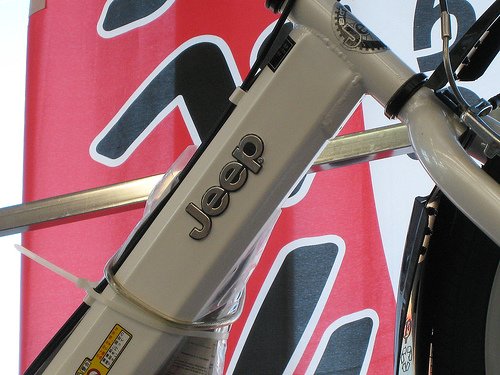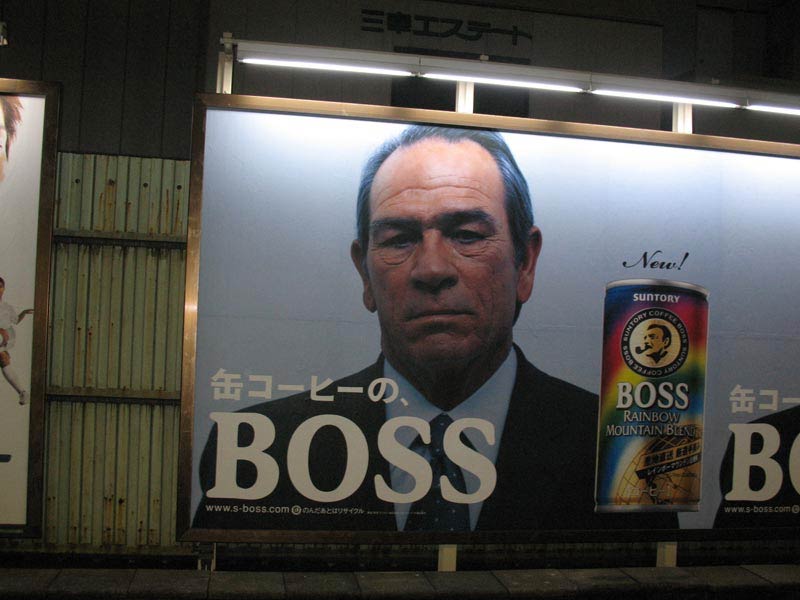Part of Peter’s Unified Theory of Japan is that the Land of the Rising Sun has a lot in common with Great Britain. Both are island nations with similar land areas and unique cultures that were able to grow for centuries without outside interference. Both have made expert use of naval technologies to build empires in the past, and both exert a huge amount of cultural influence on the world comparative to their small sizes. Also, neither nation seems to consider itself to be a part of its respective continent, and sometimes it seems that Japan would be happier being part of Europe than of Asia. The strange connection between Japan and Great Britain was not lost on the members of the Iwakura Embassy of 1871, a group of ambassadors from the new Meiji Government who visited Europe and the U.S. to make observations about how Japan should proceed with modernization. Partly as a result of their recommendations, Japan consciously emulated Great Britain in many ways, including adopting a British-style Parliament and Prime Minister system.
But as much as Japan secretly wishes it were part of Europe, it’s very much an Asian nation, and that means…bicycles. Yes, bicycles are a popular way to get around in Japan, with people from all walks of life using them to get where they want to go, including businessmen in expensive tailored suits, which is always amusing to see. I happened to look at the bicycle section of our local home center the other day, and was interested to see the latest trends in two-wheeled transportation. The basic Japanese bicycle is a rather kakko warui (kah-KOH WAH-ROO-ee; ugly, uncool) design popular with middle-aged women that’s affectionately called the “Mama-Chari” (from “mother’s chariot,” don’t ask me why), which sports a large basket for bringing home the day’s groceries. There are other types of bicycles too, from mountain bikes to fold-up bikes you can take on a train to electric-assist jobs, but if you want to get something really kakko ii (kah-KOH EE; cool, stylish) you should go for a bicycle with a spiffy corporate logo printed on the side. There are plenty available in stores, including bikes sold under brands like Jeep Wrangler, Jaguar, PT Cruiser and something called “Chevrolet Chevy.” Don’t want a bicycle with a car logo on it? How about a United Colors of Benetton bicycle, a bike for ladies with the famous “ELLE” logo on it, or…Wimbledon? Yes, there’s an official Wimbledon bike, complete with their slogan: “The All England Lawn Tennis and Croquet Club.” I was especially partial to the Zippo-branded bicycles I saw, which apparently combine the fine engineering of the world’s most popular lighter with fast-switching gears by Shimano. Since I don’t smoke but like Zippo lighters, maybe this is a good compromise for me.
Just because we don’t live in San Diego doesn’t mean we can’t catch some waves in January. Over the weekend we took the kids to Caribbean Beach, a massive-scale wave pool that simulates a sandy beach, located about as far from the sea as you can get on Japan’s main island of Honshu. Besides the wave pool, there were water slides, several Jacuzzis and a fun “flowing pool” that continuously pushes you in one direction, kind of like an “It’s a Small World” attraction that you get to swim in. The facility was built by the city of Kiryu, right next to the municipal garbage incinerator, allowing the energy generated from the burning of garbage to be put to good use heating the various pools and keeping the cost down. Like Japan’s Postal Savings Accounts (which effectively form the world’s largest bank, in terms of deposits) and its government-run Kampo life insurance system, public projects like this heated pool are one more example of how Japan’s government loves to meddle in areas that are generally considered the domain of private industry in most other countries. I’m not complaining about a fun pool to use, of course, but for every well-conceived project like Caribbean Beach there are all too many failures. For example, high in the mountains of Nagano Prefecture there’s a beautiful resort hotel that was built with money from Postal Savings Accounts, which people can stay at cheaply. Not only did the coming of the hotel depress the commercial hotels in the area with unfair competition, though, it’s also nearly always empty, a sprawling resort with no guests despite the staggering cost to build it.
Valentine’s Day is not far off, so we’re posting a reminder in case you wanted to do February 14 Japanese-style this year. Valentine’s Day in Japan is a day when women give chocolate to boyfriends, husbands or fathers to show their love or say “thank you” for their hard work and support. Often women will go to great lengths to make hand-made chocolates, and stores stock many types of chocolate molds, decorations and other tools to help them in their goal. In addition to a selection of chocolate molds that we’ve posted today, J-List is loaded to the gills with great chocolate snacks from Japan, the perfect way to show your feelings this year. Why not browse our great snack section now?
















